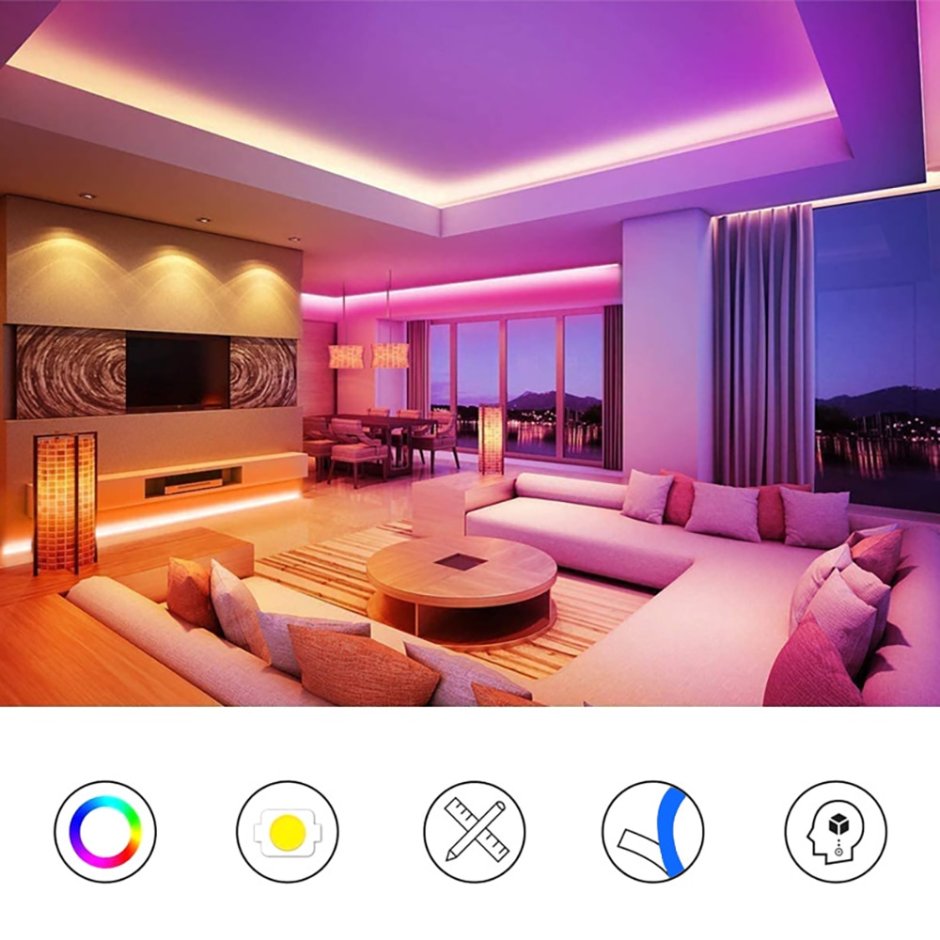- Energy Efficiency:
- LED lights are highly energy-efficient, converting a significant portion of energy into light. They consume much less power compared to traditional incandescent and fluorescent lights, resulting in lower electricity bills and reduced environmental impact.
- Longevity:
- LEDs have an exceptionally long lifespan. They can last tens of thousands of hours, which is significantly longer than traditional lighting options. This longevity reduces the frequency of replacements, saving both money and resources.
- Durability:
- LEDs are solid-state lights, meaning they are more robust and durable than fragile bulbs or tubes. They are resistant to shock, vibrations, and external impacts, making them ideal for various applications, including outdoor and industrial use.
- Instant Lighting:
- Unlike some other types of lights that may take time to reach full brightness, LEDs light up instantly. This is particularly beneficial for applications where immediate, bright light is required.
- Dimmability:
- Many LED lights are dimmable, providing flexibility in adjusting the brightness according to the need. This feature contributes to energy savings and allows users to create different atmospheres in various settings.
- Color Range:
- LEDs can emit light in a wide range of colors without the need for filters. This capability is useful for various applications, from creating dynamic lighting displays to providing specific lighting hues for different environments.
- Cooler Temperature:
- LEDs emit very little heat in comparison to traditional bulbs, which can be important in reducing the risk of fire hazards and making them safer to handle. This characteristic is especially valuable in applications where heat generation is a concern.
- Directional Lighting:
- LEDs emit light in a specific direction, making them inherently more efficient for applications where focused illumination is required. This is in contrast to traditional bulbs that emit light in all directions, requiring reflectors and diffusers to direct the light.
- Environmental Benefits:
- LED lights do not contain hazardous materials like mercury, which is found in fluorescent lights. Additionally, their energy efficiency contributes to lower carbon dioxide emissions, making them a more environmentally friendly lighting option.
- Smart Lighting Integration:
- Many LED lights can be integrated with smart home systems, allowing users to control and automate their lighting. This includes features such as adjusting color temperature, setting schedules, and remotely controlling lights via smartphones or voice commands.
While the initial cost of LED lights may be higher than traditional lighting options, the long-term benefits, including energy savings, durability, and reduced maintenance costs, often make them a cost-effective and environmentally friendly choice over time.
